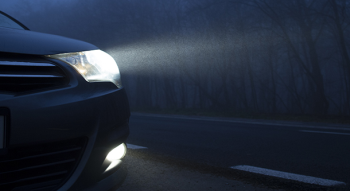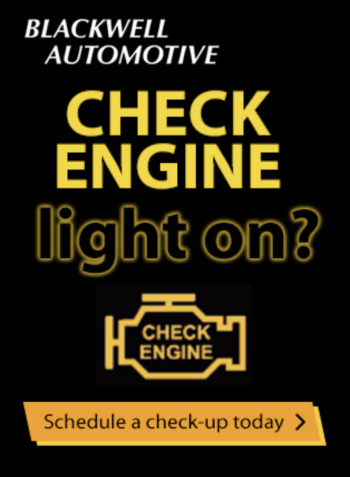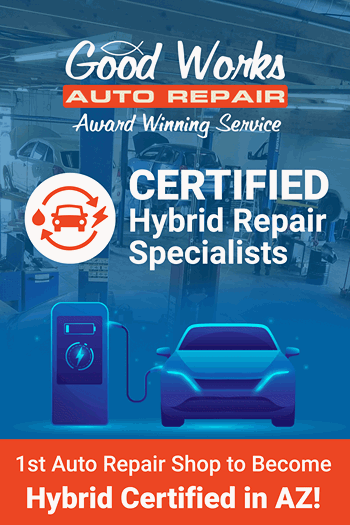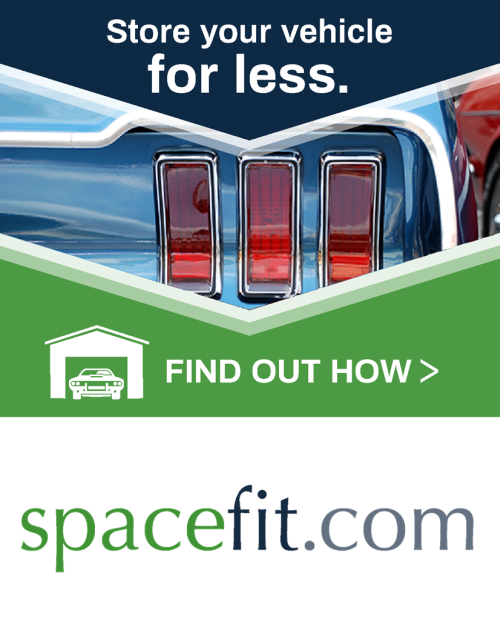Another shortcoming in the U.S. standards is how headlights are assessed for regulatory compliance. Currently, just the headlamp assembly is evaluated as a stand-alone part. This is done by static testing in a lab, which does not capture critical aspects of on-road illuminance and performance, especially when evaluating a dynamic technology like ADB. The performance of these systems is dependent on the presence and location of other vehicles, as well as the camera/sensor, software and mechanism used to control the beam pattern.
“Real-world driving does not take place in a lab,” continued Nielsen. “Roads vary in so many ways – some have hills, others sharp turns – by not conducting track testing, a lot of valuable insight is missed into how headlight technology could be enhanced.”
Following a petition from Toyota, the National Highway Traffic Safety Administration (NHTSA) proposed an amendment last fall to allow manufacturers the option of equipping vehicles with ADB systems. AAA submitted comments to NHTSA regarding the proposed changes along with supporting primary research in an effort to provide insight into the performance of ADB as it exists today.
“AAA supports adaptive driving beam headlights and NHTSA’s work in this area to consider changing the current standards,” said Jill Ingrassia, managing director of Government Relations &Traffic Safety Advocacy. “Allowing ADB will not only improve roadway visibility but the safety of every driver and pedestrian who must travel at night.”
A new headlight standard and testing protocol could still be a few years away, which means drivers should take other precautions when driving at night. AAA recommends:
- When driving after dark on unlit roadways, use high beams whenever possible. There is a difference between seeing the roadway markings, signs, and other vehicles, versus being able to perceive a non‐reflective object in your path.
- Monitor and adjust driving speeds when traveling on unlit roads at night to allow enough time to detect, react and stop the vehicle in order to avoid striking a pedestrian, animal or object in the roadway.
- If your car’s headlamp lenses are anything but crystal clear, have them restored or replaced to improve light output.
AAA engages in research, surveys and a significant amount of automotive testing on new and emerging vehicle technologies to help educate the driving public and keep the roadways safe. Previous research in this area includes the use of high beam versus low beam (U.S. only) and the impact of deteriorated headlights on nighttime visibility.






















